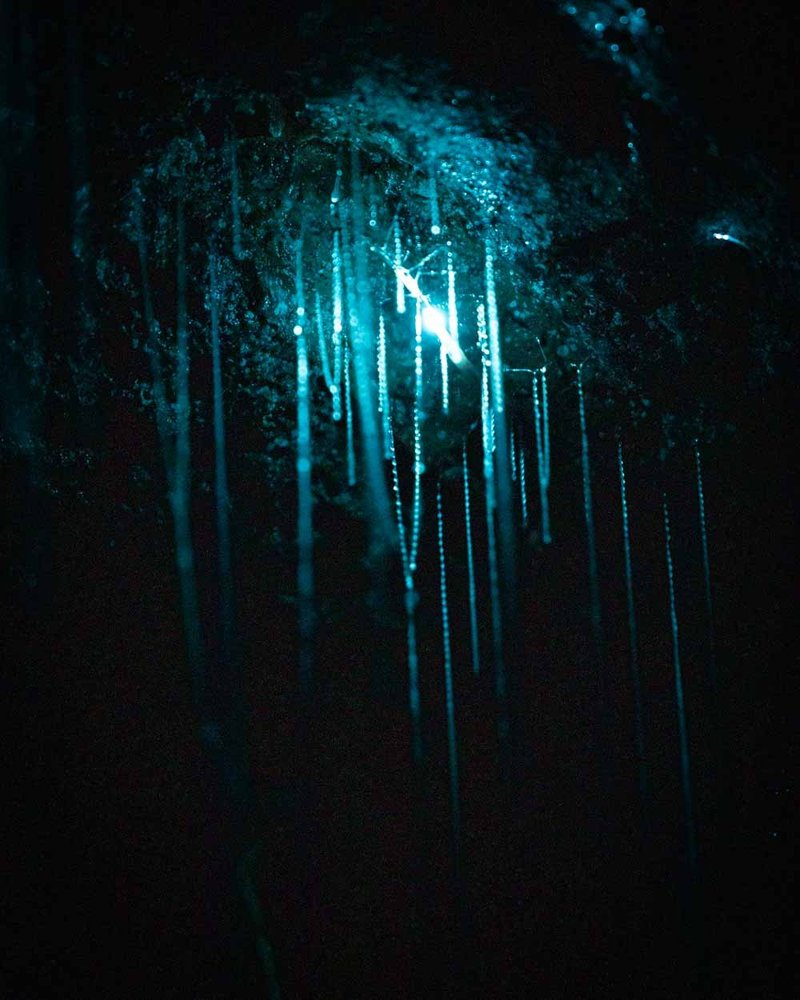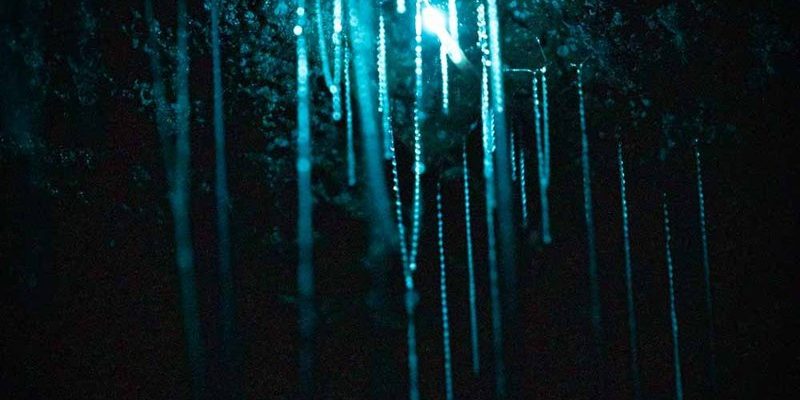
Think of photographing glow worms like trying to snap a picture of the stars. You want to catch that twinkle without blurring it into a mess of light. So, what are the best camera settings for glow worm photography? Let’s walk through the essentials together, so you can create stunning images that reflect the wonder of these natural light displays.
Understanding Your Camera’s Settings
Before diving into the specific settings, it’s essential to know how your camera works. Whether you’re using a DSLR, mirrorless camera, or even a smartphone, understanding the basics of ISO, aperture, and shutter speed is crucial.
– ISO controls your camera’s sensitivity to light. The higher the ISO, the brighter your image will be, but too high can introduce graininess. For glow worm photography, a moderate ISO, like 800 to 1600, usually works best.
– Aperture (f-stop) determines how much light enters the lens. A lower f-number (like f/2.8) allows more light in, which is great for dark scenes, but can also create a shallow depth of field. For wider landscapes filled with glow worms, consider around f/4 to f/5.6.
– Shutter speed dictates how long the camera’s sensor is exposed to light. A slower shutter speed can capture more light and detail but may also blur movement. For capturing those glowing dots, a shutter speed around 1-2 seconds might be ideal.
It’s like cooking a recipe—it takes some trial and error to find the perfect balance of ingredients (or in this case, settings) that create a delicious dish (or stunning photo).
Setting the Scene: Location and Timing
Choosing the right location and time is half the battle. Glow worms thrive in damp, dark environments, often found in caves, forests, or riverbanks. Visiting at dusk or right after sunset is ideal. That’s when the glow is most vibrant.
Also, consider your background. The glow worms can pop against darker backgrounds, so you might want to avoid overly bright or busy scenes. A simple backdrop helps emphasize their beauty. Think of it like framing a piece of artwork—less is often more.
And don’t forget about the weather. A clear, still night without a full moon is perfect for glow worm photography. If it’s windy or too bright, your chances of capturing those glowing wonders plummet.
Choosing the Right Lens
Your choice of lens can make a big difference in your glow worm photography. A lens with a wide aperture is ideal for low-light conditions. A good option could be a 50mm f/1.8 or a 35mm f/2.0. These lenses allow lots of light to enter, which is crucial for capturing the subtle glow.
If you’re working with a zoom lens, something like an f/2.8 24-70mm can also work well. The flexibility helps you frame your shot without disturbing the glow worms too much. You’d want to avoid any close-up shots that might spook them away since they are quite sensitive to movement and vibrations.
Lastly, don’t forget about your tripod. A sturdy tripod is a must. It keeps your camera steady during those longer exposures and helps prevent blurry images. It’s like having a strong table to cut your veggies on; it just makes everything easier.
Adjusting Camera Settings For Nighttime Photography
Now that you’ve got your location and equipment sorted, let’s fine-tune those settings. Let’s break it down step by step:
1. Set ISO to 800–1600: Start with a moderate ISO to maintain image quality.
2. Set Aperture to f/4 or f/5.6: This should provide a good balance between light entry and depth of field.
3. Adjust Shutter Speed to 1-2 seconds: This longer exposure captures the glow without blurring it out.
You might want to use manual mode if your camera allows it. It gives you full control over these settings, letting you make adjustments based on the scene’s lighting.
Here’s the thing—if the photos turn out too dark, you can slowly increase the ISO or slow down the shutter speed until you find that sweet spot.
Using Remote Shutter Releases
A remote shutter release can be a game-changer in your photography journey. This handy tool allows you to take pictures without touching the camera, reducing the risk of vibration or movement that could mess up your shot.
If your camera has built-in Wi-Fi, consider using a smartphone app to trigger the shutter. It’s like having a magic wand that clicks the shutter for you, keeping everything perfectly still. Just remember to pair it properly. Follow your camera’s manual for instructions on syncing the remote or app, as each brand has its quirks.
Also, if you’re using a traditional wired remote, make sure it’s plugged in properly before you set up your shot. That way, you won’t be scrambling last minute when you’re trying to catch that perfect glow worm moment.
Post-Processing: Enhancing Your Glow Worm Photos
Once you’ve captured those stunning shots, it’s time to bring them to life even more with some post-processing. Programs like Adobe Lightroom or Photoshop can help enhance the glow without making it look unnatural.
1. Adjust Brightness and Contrast: Boosting the brightness slightly can make the glow more pronounced, while adjusting contrast can help the glow worms stand out against the background.
2. Increase Saturation: This adds a little pop to the color without overpowering the image, helping those glowing details shine.
3. Crop and Frame: Don’t hesitate to crop out any distractions that might take away from the focal point of your glow worms.
Post-processing is like putting the finishing touches on a painting. It can elevate your image from good to stunning, so don’t skip it!
Common Mistakes to Avoid
Even seasoned photographers can stumble when photographing glow worms. Here are some common mistakes to watch out for, so you can avoid them:
– Too Bright Settings: Using too high an ISO can introduce noise that ruins the delicate glow. Stick to moderate settings.
– Neglecting Your Tripod: Failing to use a tripod can lead to blurry images. If you don’t have one, try to find a sturdy surface to stabilize your camera.
– Disturbing the Environment: Glow worms are sensitive. Be mindful of movement and noise. Remember, you want to capture their magic, not scare them away.
By avoiding these pitfalls, you’ll be on your way to creating beautiful images that truly represent the wonder of glow worms.
Final Thoughts on Capturing the Glow
Capturing the beauty of glow worms can be a rewarding experience. With the right camera settings and a little patience, you can create images that capture the magic of these glowing gems. Just remember to take your time, enjoy the process, and respect the environment around you.
So grab your camera, set your settings, and let the beauty of glow worms illuminate your photography journey. Happy shooting!

